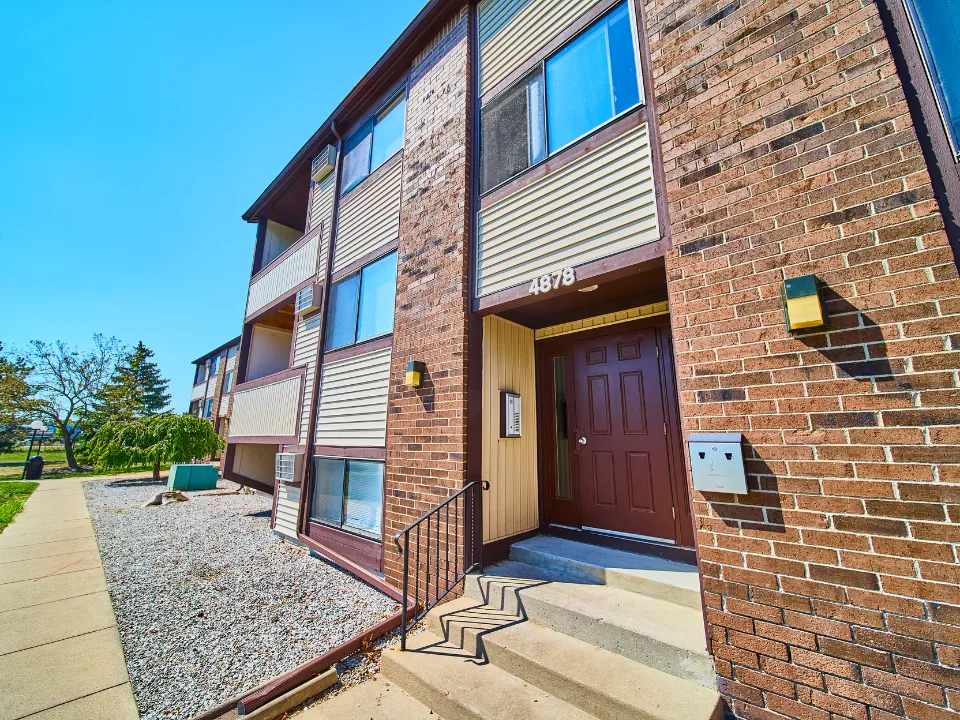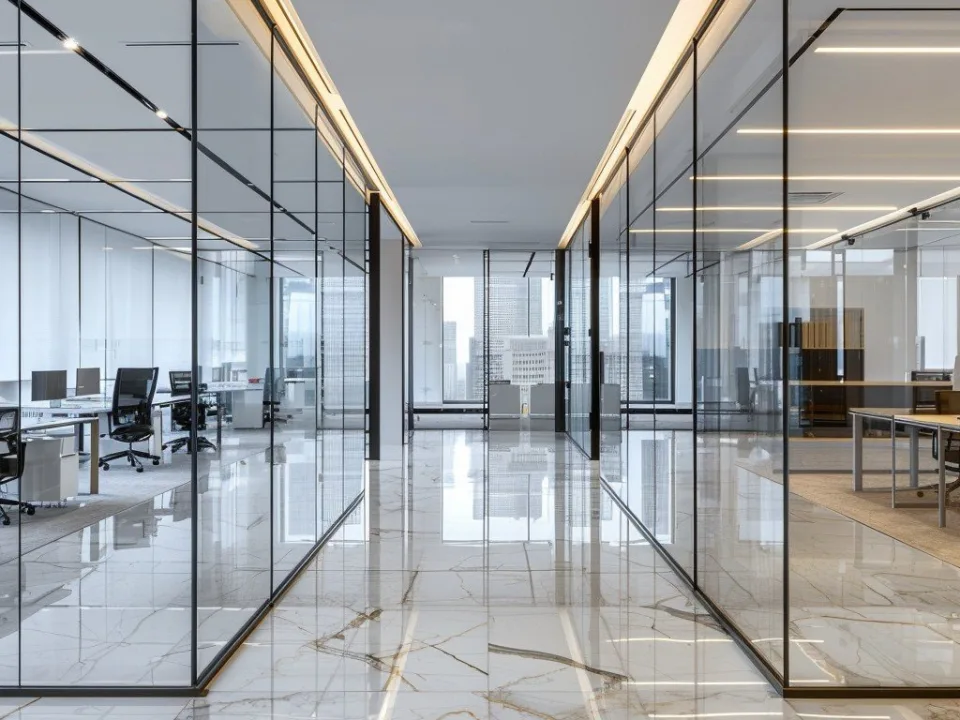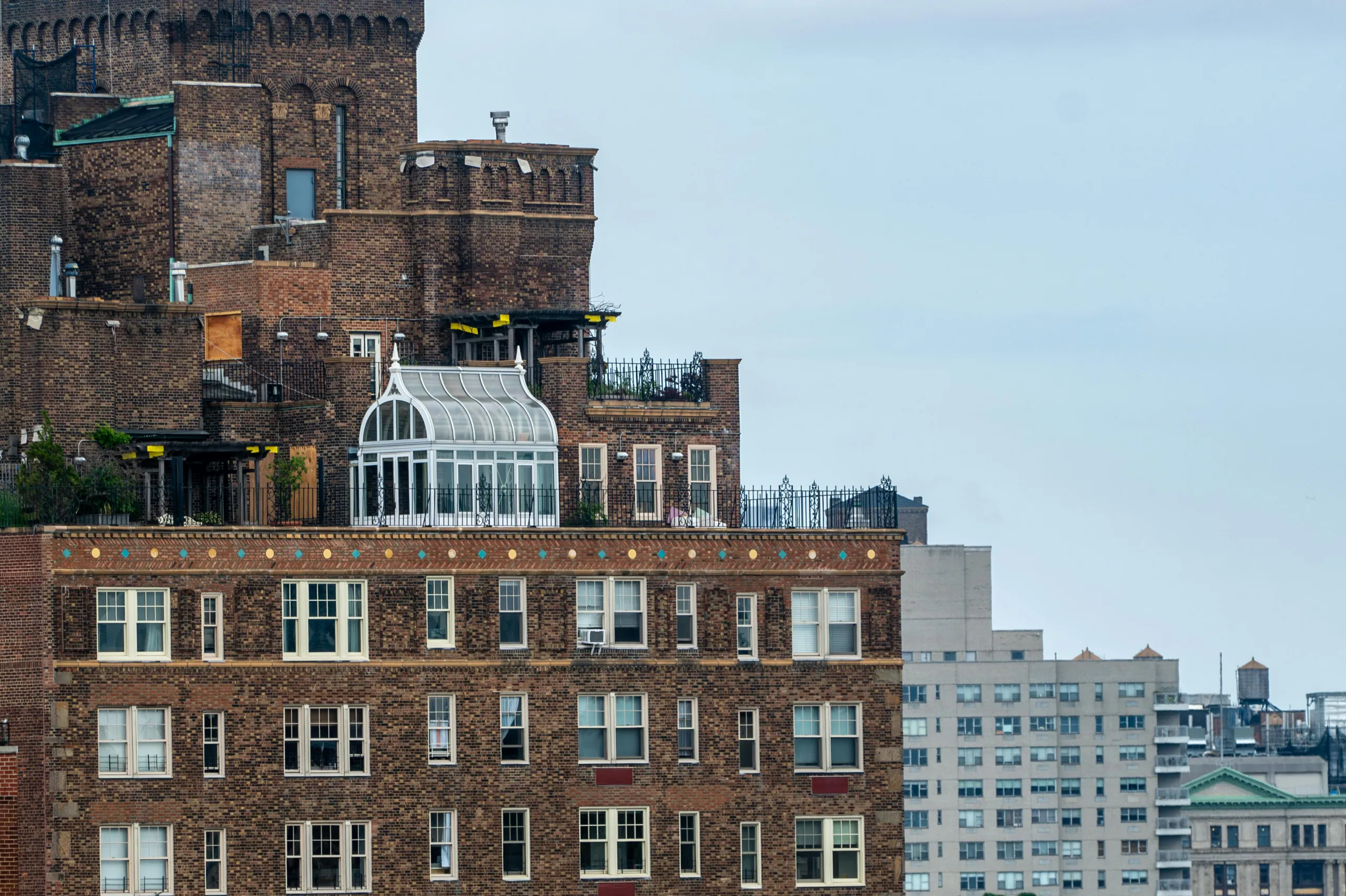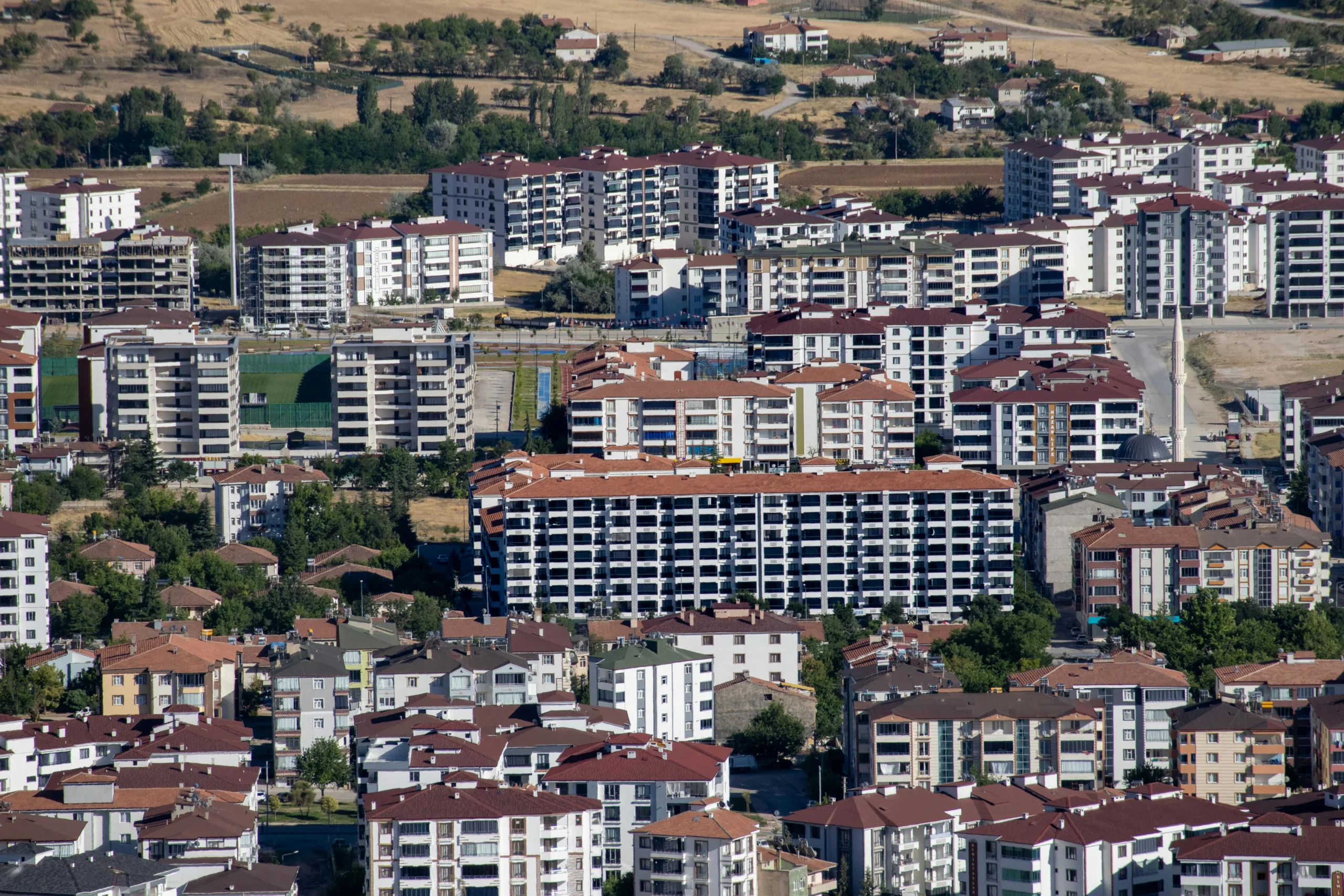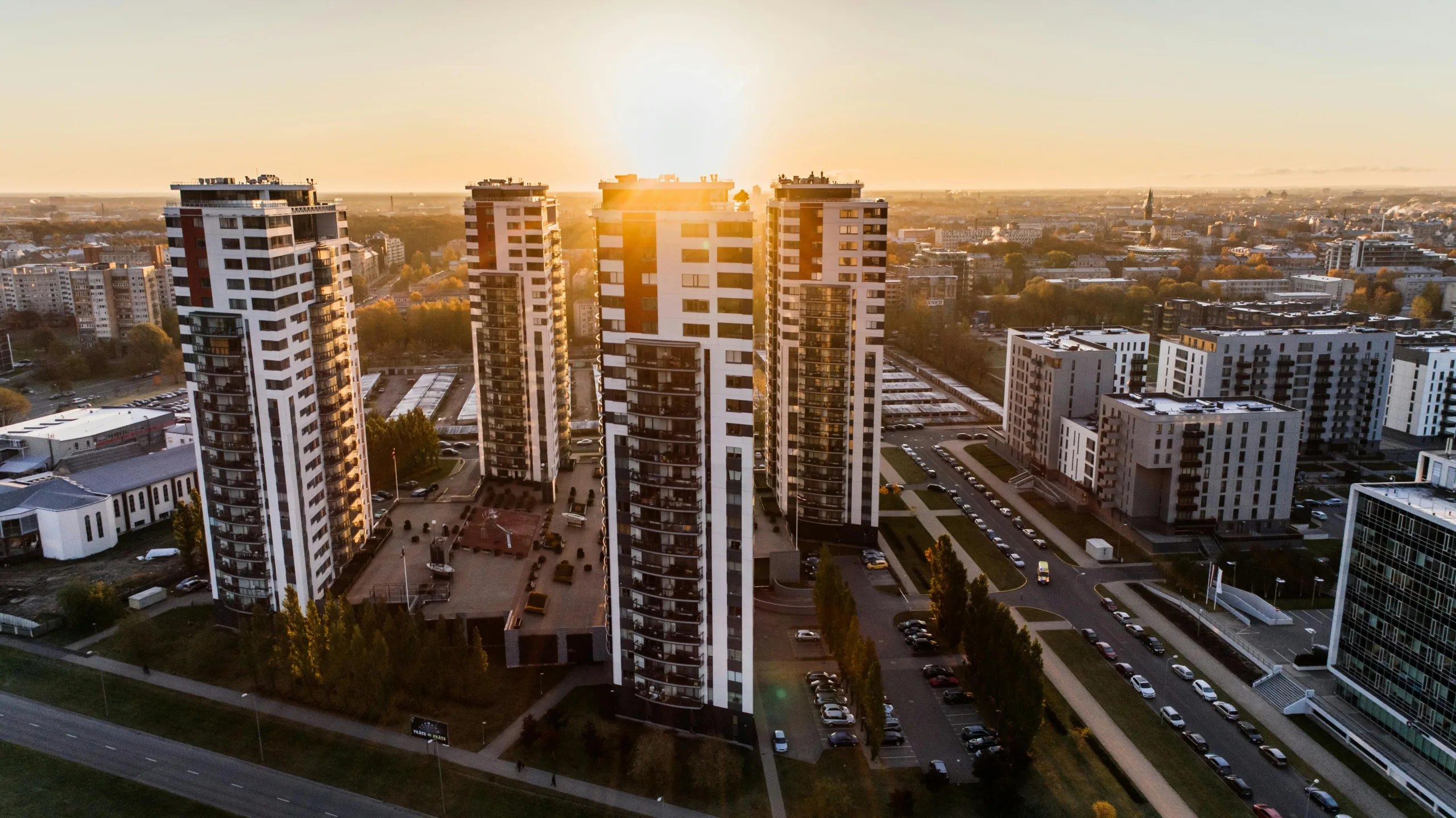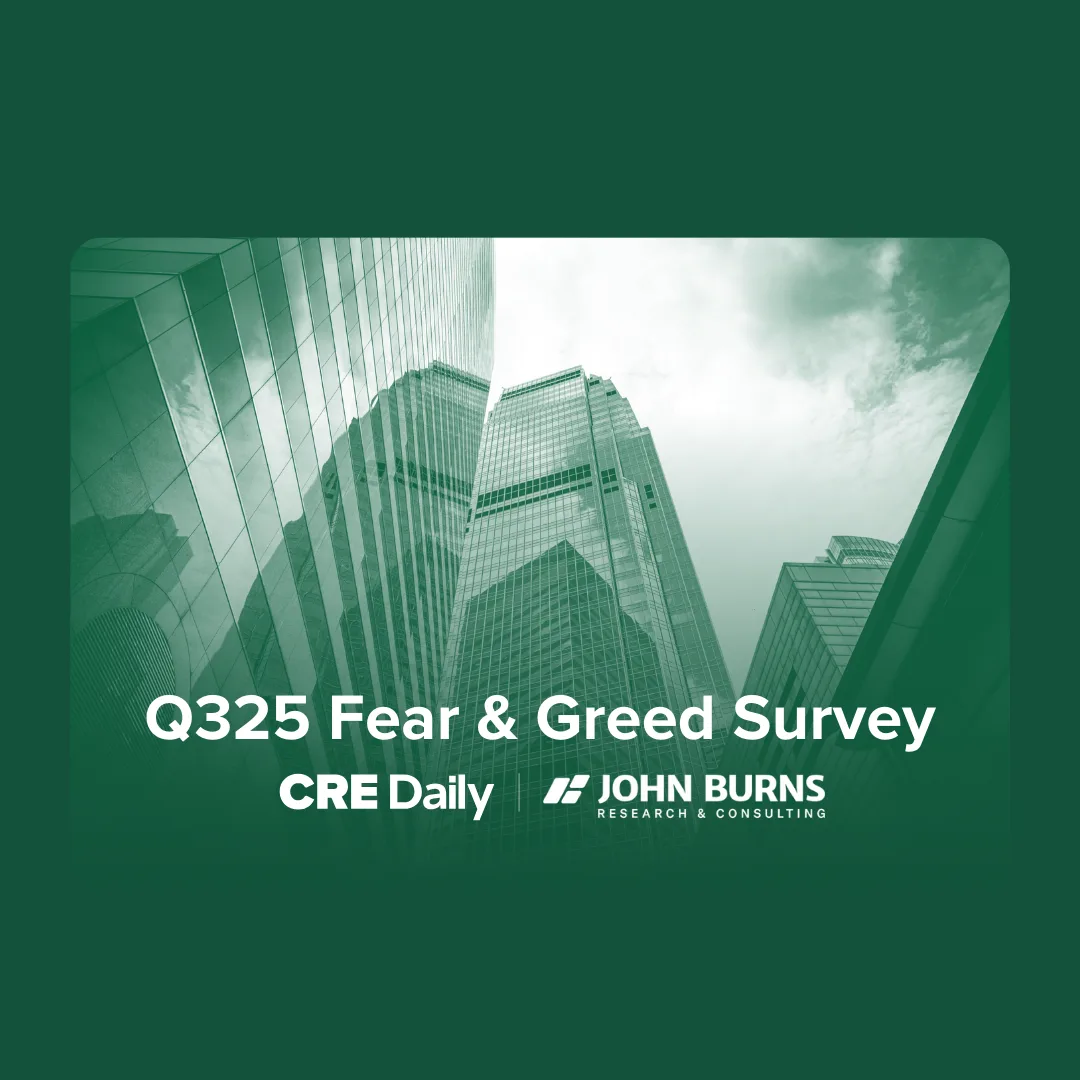- Gen Z is redefining renting, favoring high-amenity, design-forward buildings that foster instant community.
- Seamless leasing processes, mental health-friendly environments, and Instagram-worthy aesthetics are must-haves.
- Despite rising housing costs, Gen Z remains optimistic about eventual homeownership, even as they prioritize lifestyle-first renting today.
For decades, American renters followed a familiar path: graduate, move to the city, rent a basic apartment, and build a life. Gen Z, however, is flipping the script. Born between the mid-1990s and early 2010s, this generation—now 25% of all US renters—craves more than just a place to sleep.
They’re choosing amenity-packed, high-design rental communities that double as social hubs and lifestyle ecosystems, reshaping urban living in the process, per WSJ.
Renting, The Gen Z Way
Gen Z expects renting to be as simple as calling an Uber. Max Eulenhoefer’s experience renting a studio at Lumaire in West Palm Beach was nearly frictionless: after browsing online, visiting the property, and selecting a west-facing unit with city views, he moved in within days. Josefina Londono’s experience moving into a Brooklyn studio was similarly smooth, a welcome change from New York City’s notoriously cutthroat rental scene where she had previously faced aggressive brokers and impossible income requirements.
According to Zillow, 44% of Gen Z renters live in apartment-style buildings, drawn to the abundant amenities—gyms, pools, coworking spaces, pet salons—that help streamline their lives and foster community from day one.
Wellness By Design
Mental health matters deeply to Gen Z renters. After a nightmare rental experience left Max feeling isolated, he sought out a space that energized him. Josefina made a similar choice, moving from an older Manhattan apartment with “heavy energy” into a bright, modern Brooklyn studio that helped clear her mind and fuel her new furniture business. College student Emaan Yusuf in Houston says her serene, amenity-filled building helps her manage the pressures of her pre-med studies.
As Wright State University’s Corey Seemiller notes, Gen Z understands how physical environments impact mental health—and they refuse to settle for spaces that drain them.
Amenities As Everyday Essentials
Efficiency is non-negotiable for Gen Z. Buildings that combine fitness centers, coworking lounges, yoga decks, and pools under one roof aren’t just perks—they’re requirements. Christian Rivera, who relocated to Phoenix, chose to stay in his complex specifically because it allowed him to live, work, and exercise without ever leaving the building. Emaan, who uses every amenity in her Houston building, summed it up simply: “My life is in the building.”
Get Smarter about what matters in CRE
Stay ahead of trends in commercial real estate with CRE Daily – the free newsletter delivering everything you need to start your day in just 5-minutes
Aesthetic Expectations
Raised on Pinterest and Instagram, Gen Z demands visual appeal. Josefina prioritized finishes and color palettes when choosing her apartment, while Emaan compared her building to a “beautiful mansion” where even the mailroom is Instagrammable. Sky lounges, emerald couches, and color-coded libraries aren’t just decor—they’re critical components of how Gen Z measures a building’s worth.
Natural light is another non-negotiable. Josefina’s East River-facing apartment in Brooklyn offers sweeping views and sunlight, creating an open, uplifting atmosphere that’s essential to her wellbeing.
Financial Reality Check
Although Gen Z is willing to pay a premium for lifestyle-centric rentals, cost remains a challenge. According to Harvard’s Joint Center for Housing Studies, the median rent-to-income ratio for Gen Z renters is 40%, well above the recommended 30%. Max pays $2,300 monthly—about one-sixth of his income—while Josefina’s $3,595 rent still stays under half her earnings. Christian and his roommate each pay $1,260 in Phoenix, making co-living an effective financial strategy. Emaan, who pays about $1,700 monthly, benefits from a parental guarantor.
Building Real Communities
In an era of rising loneliness, Gen Z renters crave real-world connection. Amenity spaces like gyms, lounges, and even coffee machines have become natural gathering spots. Max found friends over pool tables and coffee chats; Josefina was drawn to a building that naturally fostered genuine relationships; Christian credits his building’s community for helping him feel grounded and motivated.
This emphasis on authentic connection is no accident. Designers like Julia Lauve intentionally craft spaces that feel welcoming and safe, right down to sofa depth and lighting warmth.
Curated for the Camera
Beyond real-world community, Gen Z renters expect their homes to double as a backdrop for their online lives. Josefina and Emaan chose apartments that doubled as stylish backdrops for their personal brands and social media posts.
Balancing Fear and Optimism
Despite economic headwinds—including high rent, limited housing inventory, and rising mortgage rates—Gen Z remains cautiously hopeful about their futures. Max plans to buy a condo within two years, drawn by the same amenities and community feel he values in rentals. Christian and his roommate are saving to co-purchase a home. Josefina envisions owning a large house, while Emaan dreams of building a portfolio of properties to Airbnb.
Many feel the pressure of a broken system but remain determined. “Our parents had a structured path—school, job, house,” says Max. “That doesn’t exist anymore. But finding community in your building? That’s motivating.”
Pets Are Part of the Plan
Finally, for Gen Z, renting isn’t complete without their pets. With most owning pets, Gen Z renters like Max see future moves tied to needing more space for animals.
Why It Matters
Gen Z isn’t just demanding better rental experiences—they’re setting a new standard for urban living. Developers who deliver lifestyle-first, community-driven, and design-centric spaces will win the loyalty of this powerful generation shaping the future of real estate.




